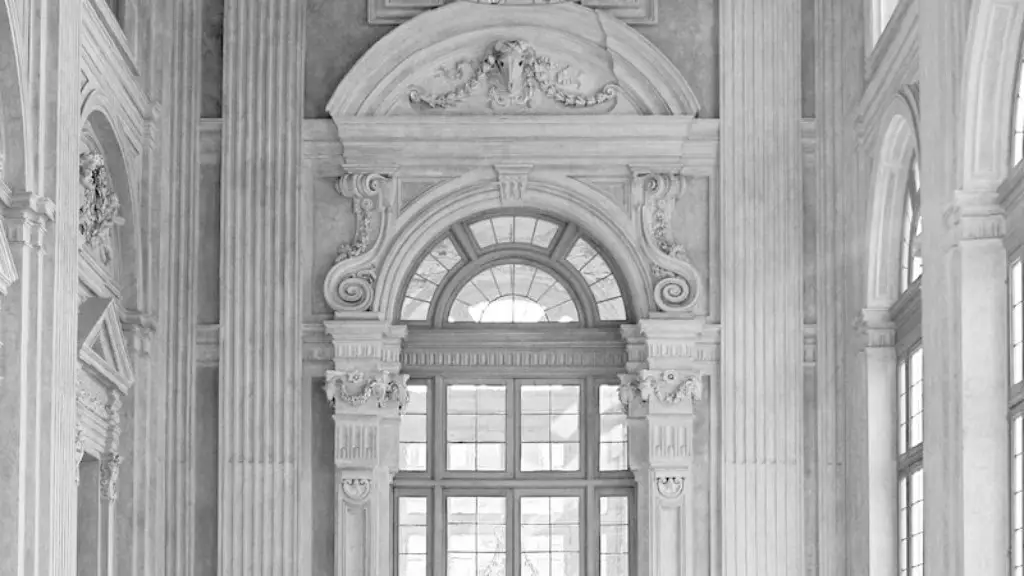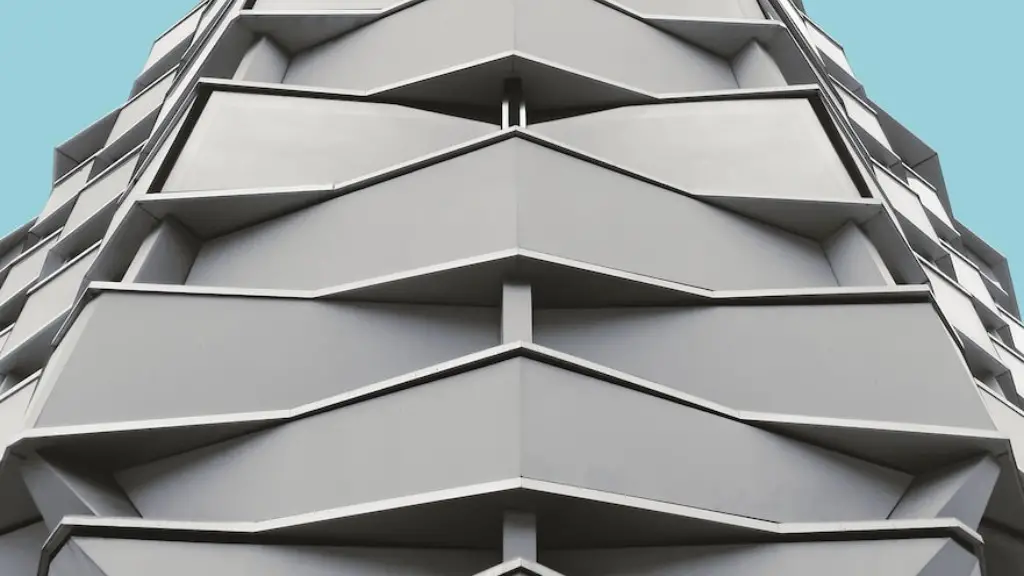Step by Step Guide on How to Draw Trees in Architecture
Drawing trees can often be a daunting task, especially for architecture students. Trees have a way of creating complex shadow and form that can be difficult to represent on paper. However, with a few simple steps, it is possible to draw a realistic tree that captures the complexity and beauty of nature.
When drawing a tree in architectural design, remember that it should be represented in the context of its environment. What other structures or elements are around it? What kind of lighting is hitting the tree? Taking the environment into consideration when drawing a tree will help create a realistic drawing.
The first step in drawing a tree should be to determine the tree’s overall shape. Trees typically have a oval or pyramid shape, depending on their species and age. Once the basic shape is established, it’s time to add some detail. Start with adding some branches and leaves. Most trees have upper and lower branches, and be sure to add leaves on each of them. Use shading to give depth to the drawing and help distinguish between branches and leaves. Finally fill in some grass and plants surrounding the tree for a complete picture.
When adding shadows, think about the light source and the direction it is coming from. This will help create realistic shadows. Consider where the sun is located and the time of day as this will help inform how intense or weak the shadows should be. Adding shadows will give the tree depth, making it look more realistic.
Once the drawing is completed, don’t forget to add a background. This can be mountains, hills or buildings, depending on the context of the environment the tree is situated in. Including the environment will help define the tree and ground it in context.
Finally, keep in mind that drawing trees in architecture is an art, and it takes patience and practice to master it. Creating detailed and realistic trees is a process and with enough time and experimentatiion, you will get better.
Creative Ideas To Drawing Trees in Architecture
Apart from drawing trees in a realistic and detailed way, there are also other creative ways to represent them in architectural design. For instance, some architects choose to use stylized trees to represent their design rather than using realism. This can give a unique look and flair to a drawing, and can be a great way to add some extra visual interest.
Mapping out the shadows of a tree can be another creative technique. This process requires you to draw out the shadows before actually drawing the tree. By doing this, you create an outline of where the shadows should be and then fill them in with the actual tree. This can give a subtle but informative effect to the final drawing.
Another creative way to draw trees in architecture is to incorporate them into a collage. Collages are popular among architects, as it allows them to combine many different forms, objects and textures into the single design. Trees can be used in the collage to help create depth, shape and texture. Using this technique can be a great way to add more interest and emotion to the design.
Using abstract shapes to represent trees is also an option. This technique can be used if you want to simplify the design or if you want to represent the trees in a more symbolic way. By using abstract shapes, you can create unique and playful designs that can bring some extra flair to the drawing.
Finally, one last creative idea is to blend two or more trees together. By combining two or more trees together, you can create a unique composition that plays with shape and texture. This is a great way to make a statement with the tree, and can be a great way to add some energy to the design.
Links Between Trees and Architecture
In architecture, trees can be seen as an extension of an architectural design, as they both exist in the same environment and occupy the same space. Therefore, it is important to recognize the symbiotic relationship that exists between trees and architecture and how they can interact with each other in a positive way.
In urban environments, trees are paramount to making the area livable. They can be used to cool down hot areas, provide shade in sunny areas and generally create a welcoming environment for those that inhabit the space. Furthermore, trees can also act as natural barriers, providing wind protection, privacy and noise reduction.
In rural areas, trees provide an additional layer of beauty and can also be used to frame an architectural design. By incorporating trees into the design, architects can create a composition that is both aesthetically pleasing and practical. Trees can also be used to direct the eye towards a desired area or to create an atmosphere of calmness and serenity.
Recognizing the link between trees and architecture is an important part of creating a successful design. Trees can be used in a variety of ways, whether it be to improve the environment or to add an artistic touch to the design. With a little bit of creativity and knowledge, it is possible to create a design that is both aesthetically pleasing and environmentally friendly.
Advice For Drawing Trees In Architecture
Drawing trees in architecture is a skill that requires practice and patience. Here are some tips to help you get started:
First of all, take your time. Drawing trees are often a time-consuming activity, but taking your time and taking breaks can help you avoid burnout.
Additionally, consider reference materials. Looking at pictures of trees can help you get an idea of shapes, shadows and textures, which can be useful when it comes to drawing trees.
Another tip for drawing trees in architecture is to consider the context that the tree is placed in. Take into account the environment, the surrounding buildings and other elements. This will help you create a realistic and believable drawing.
Finally, to capture the movement and flow of trees, it is important to not only draw the tree itself, but also the shadows and plants around it. By drawing all the elements of the environment, you can create a picture that is both realistic and vibrant.
Symbolism Of Trees In Architecture
Trees have long been used as symbols in architectural design. They often represent growth, life and vitality, as well as a connection to nature. For example, trees are often used to represent the establishment of a city or a nation, or to denote strength and perseverance.
Trees can also symbolize the cycle of life. They start out small and grow over time, while they lose and gain leaves to denote the cycle of life. This symbolism can be used to represent the lives and experiences of those who live in the area, as well as a general reminder of the fragility of life.
In some cases, trees can also symbolize hope and renewal, as trees often mark a new beginning or symbolize the changing of the seasons. Trees can be a reminder that each day is an opportunity to start anew, while they can also remind us to take time to enjoy the seasons and the life that comes from the all.
In conclusion, trees have a strong connection to architecture, both in terms of their physical presence and in terms of their symbolic meaning. By incorporating trees into architectural design, one can create a design that is both beautiful and meaningful.
Influence Of Trees On Architectural Design
Trees have a huge influence on architectural designs. In addition to creating an aesthetically pleasing environment, trees can also be used to enhance energy efficiency, reduce pollution and improve air quality. This can be achieved by incorporating trees into the design, as they can provide shade during the summer and absorb heat during the winter months.
Trees can also affect the use of energy in architectural design. For example, they can be used to reduce noise pollution and consequently help reduce energy use. Furthermore, trees can also help cool down buildings because they absorb heat and can provide shade.
Trees can also be used as natural barriers in architectural design. They can be used to provide privacy and help reduce the noise levels for buildings surrounded by roads or other forms of transportation. Additionally, trees can also be used as windbreaks, helping to reduce the impact of wind and reduce energy use.
In conclusion, trees play an important role in architectural design. By incorporating them into a design, one can create a design that is both aesthetically pleasing and energy efficient. Additionally, trees can also help create a more pleasant and healthier environment for us to live in.





